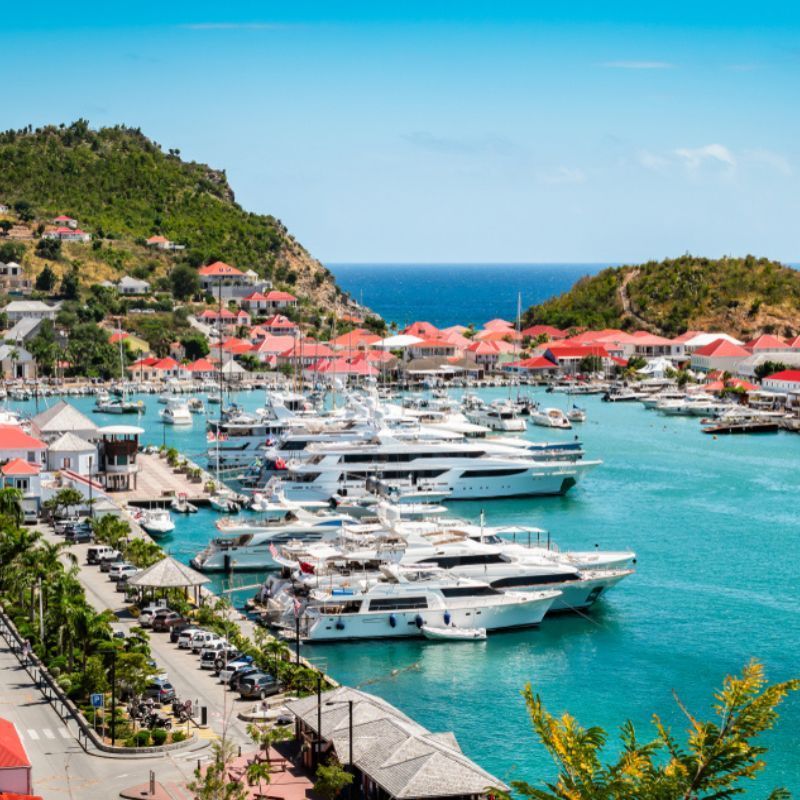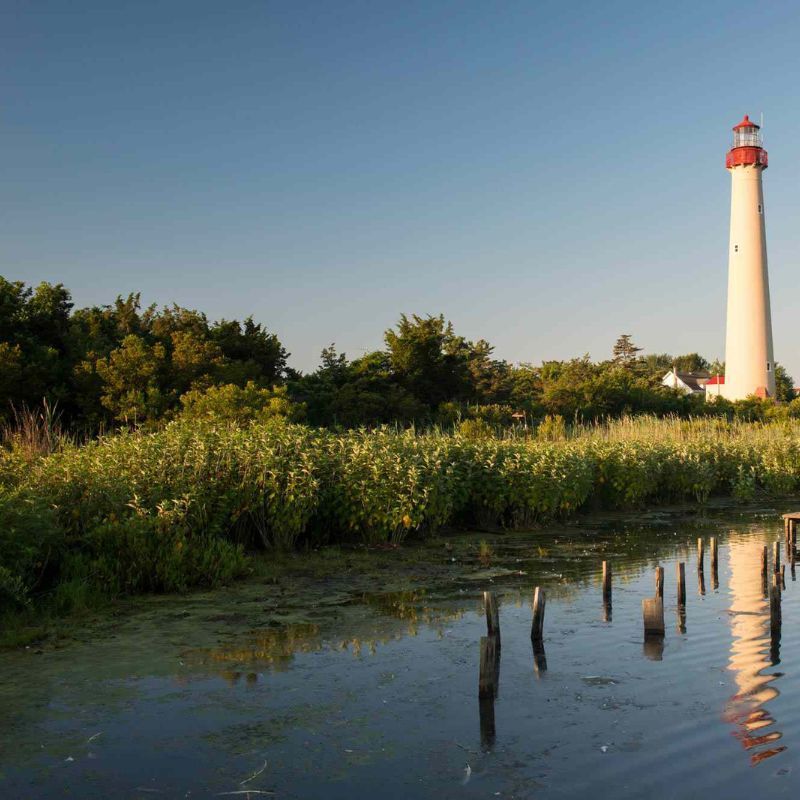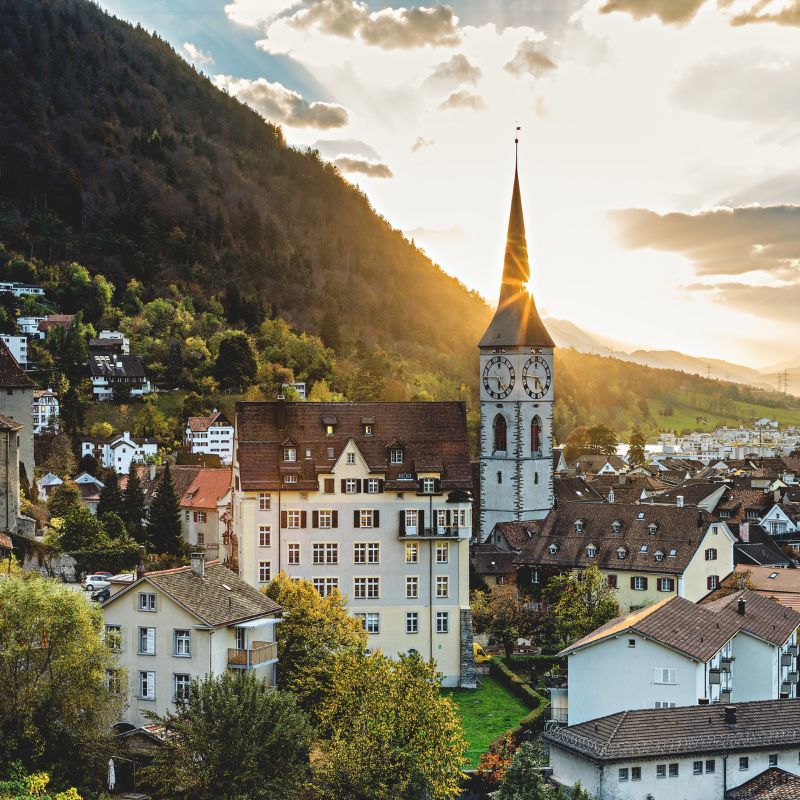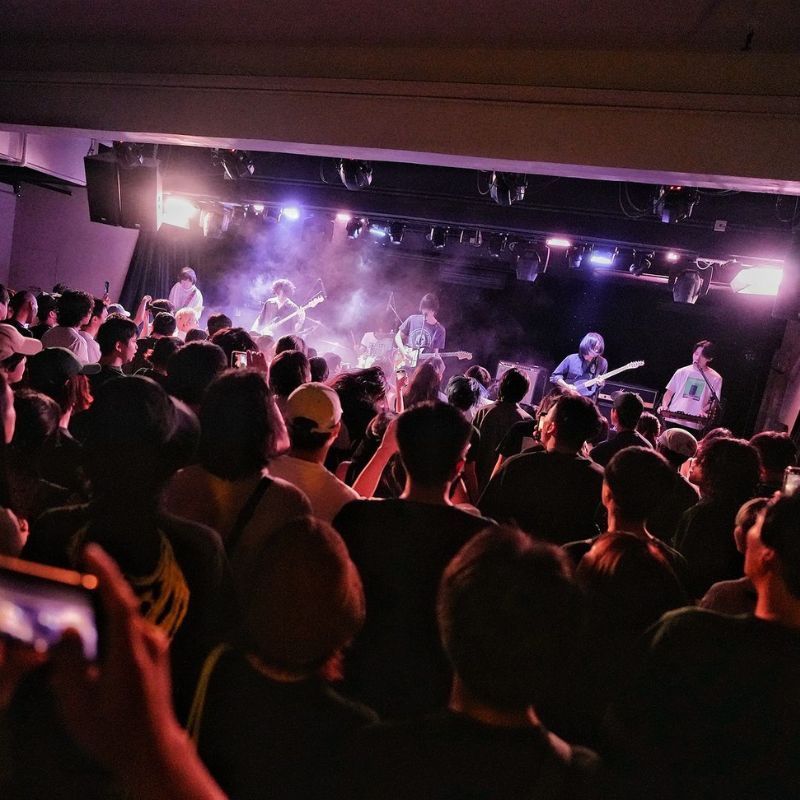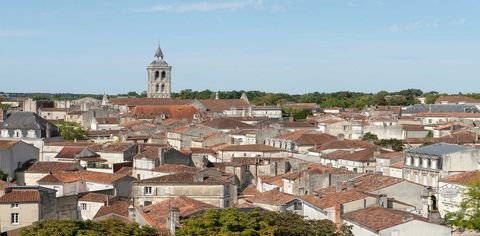
“Welcome to the turn of the twentieth century,” said my guide, Marielle Chopin-Pascaud, as I entered the tasting room of Bache-Gabrielsen, on a quiet street in downtown Cognac. As four generations of Bache-Gabrielsens stared down at me from black-and-white portraits, I sipped the double-distilled brandy that bears the name of this city and region. Blended from spirits dating as far back as World War I, the drink offered a complex taste from another era: rich, unctuous, with evocative aromas and flavours of well-worn leather, dark tobacco, antique furniture. It was the sort of brandy you’d imagine a man in a smoking jacket might drink from a snifter while sitting before a roaring fire. By
But as we descended into the cellars, we entered the 21st century. I saw Cognacs aged in amphorae, like the orange wines that have become the rage at natural-wine bars. Some were treated like bourbon, aged in American oak rather than French—a heresy in this tradition-minded place. “We want to be an audacious house,” Chopin-Pascaud told me.
That sort of quiet but radical innovation has become the norm. As a city, Cognac — which sits on the banks of the languid Charente, at the heart of the appellation of the same name — had always been a sleepy destination, the sort of place that rolled up the sidewalks at 10 pm. A decade ago, while running up a hefty tab with friends at a local bar, I remember being asked to leave because the staff wanted to close early. In the aughts, a friend who’d moved from Paris nearly went crazy with boredom and fled.
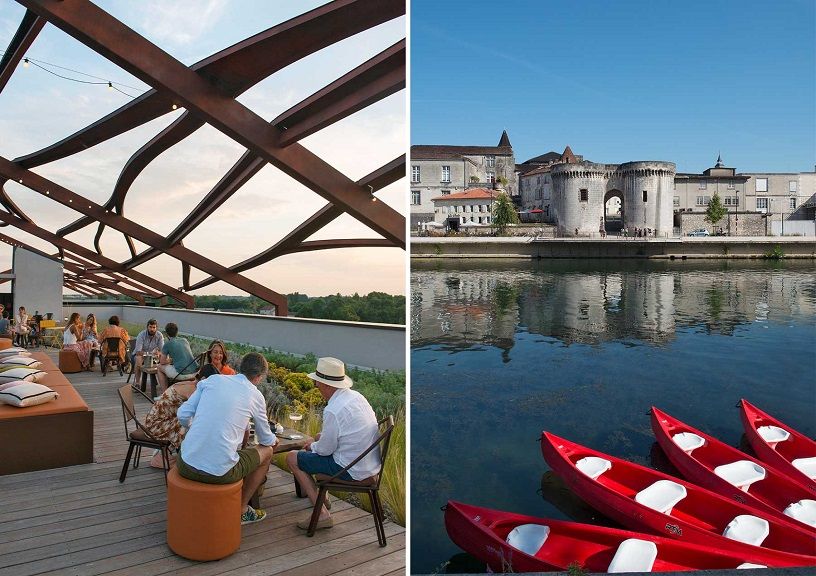
But on the heels of the cocktail renaissance, people are seeking out spirits destinations the same way previous generations flocked to wine regions. Cognac is now a must-visit, much like Kentucky’s bourbon trail or the scotch whisky circuit in Scotland, and the city is responding accordingly. New accommodations are opening, including Hôtel Chais Monnet & Spa (doubles from USD 355 or INR 26,581), Cognac’s first high-end property. Beyond its gleaming glass-and-iron façade, limestone walls and wood beams recall the building’s days as a 19th-century brandy cellar.
The restaurant and bar landscape is shifting, too. Poulpette (entrées USD 21 – USD 32 or INR 1,572 – 2,396), with its steel accents and open kitchen, is a showcase for an ever-changing menu that blends southwestern French food — duck tartare, foie gras — with subtle Japanese influences. Cocktail spots Bar Luciole and Bar Louise riff on standbys like the Sidecar in ways that still honour the region’s namesake spirit. All this new energy complements stalwarts like the Michelin-starred La Ribaudière (entrées USD 45 – USD 52 or INR 3,369 – INR 3,893) in nearby Bourg-Charente, where chef Thierry Verrat has been serving classical French cuisine for more than 30 years.
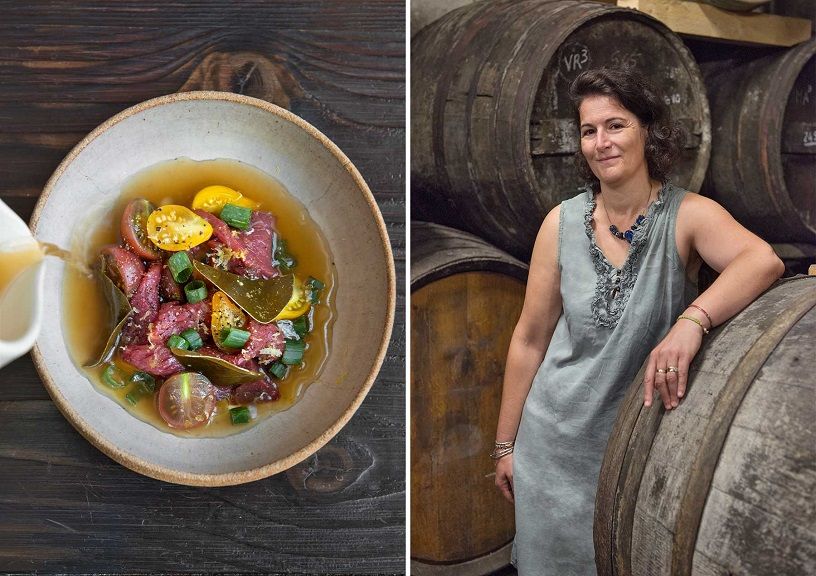
There’s also been a revolution in distilling, with craft producers breaking the stereotypes of what brandy is meant to be — and who it’s for. At Bar Luciole, I met Jean and Amy Pasquet of Pasquet Cognac, a storied house that has been in Jean’s family since 1730. They were hosting an oysters-and-Cognac happy hour with their new line of organic, younger brandies (labelled numerically as 04, 07, or 10 years, rather than with the traditional alphabet soup of VS, VSOP, XO, and so on). There were DJ sets and not a snifter or smoking jacket in sight.
These smaller producers are stepping out from the shadows of the “big four”—Hennessy, Rémy Martin, Martell, Courvoisier—which together control 90 percent of the market. The giants have always run boutique tasting rooms akin to high-end jewellery stores, but even they have had to adapt. Last year, the 300-year-old Maison Martell opened Martell the Journey, a multimedia experience with a 360-degree projection of vineyards, life-size videos of winegrowers and barrel makers, and interactive games that immerse visitors in the spirit’s aromas, sounds, and tastes.
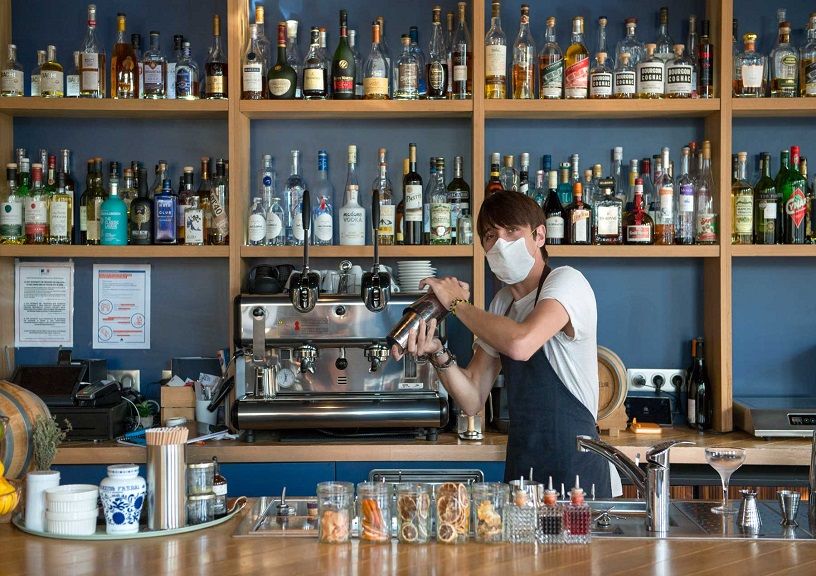
There’s still a slow, stately pace of life in Cognac that I admire: wandering the Jardin Public or taking the path along the Charente to the 10th-century Château Royal de Cognac, or exploring cobwebbed cellars where barrels of brandy have matured for decades. The newcomers aren’t erasing the past—merely expanding the vision of what Cognac can be.
The appellation doesn’t reveal itself fully until you drive into the countryside, past hundreds of vineyards that produce the (rather unremarkable) wine that, after distillation and ageing, becomes an exquisite brandy. One of my favourite excursions is to Jarnac, a village on the Charente with cobblestoned streets lined with boulangeries and patisseries.
At the 14-room Hotel Ligaro (doubles from USD 165 or INR 12,354), co-owner Caroline Rooney helped me plan a walking tour of the riverfront, which is home to some of the world’s most important Cognac houses, including Courvoisier, Delamain, Hine, and Braastad-Tiffon. Between tastings, the sunny Le Verre y Table (entrées USD 27–USD 34 or INR 2,021 – INR 2,545) was the ideal spot for lunch, with a lighter take on the local cuisine.
Near the town of Segonzac, I visited Guillon-Painturaud, an estate that dates to 1610 and is now run by Line Guillon-Painturaud, one of Cognac’s few female master distillers. She’s also one of the dwindling number still producing Pineau des Charentes, a fortified wine made by adding Cognac to grape juice that’s just begun to ferment. We shared a Pineau that had been aged since the late 1980s, still bright and lively. “These days, producers need to sell more Cognac to meet demand,” she said. “So there’s little left for Pineau.”
Further east, in Gondeville, lies the estate of Jacky Navarre known among Cognac producers as the last of the purists. Navarre’s dedication to his craft is legendary, a point driven home by the bed next to the wood-fired still in his distillery. We tasted a Cognac made from grapes that his grandfather had harvested in 1925 and his family had bottled in 1975. For a spirits geek like me, it was a religious experience.
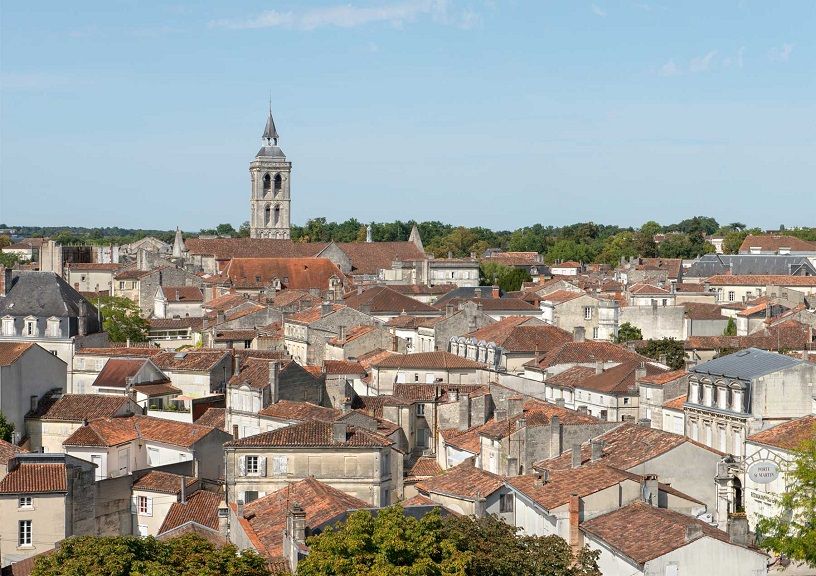
One of Navarre’s finest bottlings, the stunning Navarre Souvenir Impérial Très Vieille Réserve Hors d’Age, could win an award for sheer number of confusing traditional terms on a label. “Instead of trying to re-create what the consumer wants,” he told me, “I make what I want and like, and I hope the customer will like it, too.” That attitude, of course, runs counter to the more innovative impulse that’s on display elsewhere in the region. It’s a tricky balance. Cognac doesn’t want to lose its soul, but evolution is a matter of survival.
As I saw at Bache-Gabrielsen, balance is possible. One of the last Cognacs that Chopin-Pascaud poured was from the 1971 vintage — just a year younger than me — that had been aged in barrels for almost four decades. Sometimes, on rare occasions, very old Cognac begins to take on flavours of tropical fruit and flowers, and this one was practically wearing an aloha shirt. Sitting in the century-old tasting room, I found it to be both modern and classic, old and new. It was the opposite of buttoned-up, boring Cognac. It was impossible not to love.
Related: How To Have The Perfect Trip In Cognac, A Less-Touristy Region Of France




